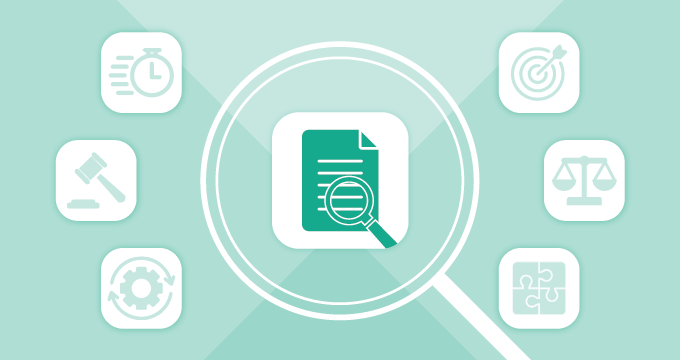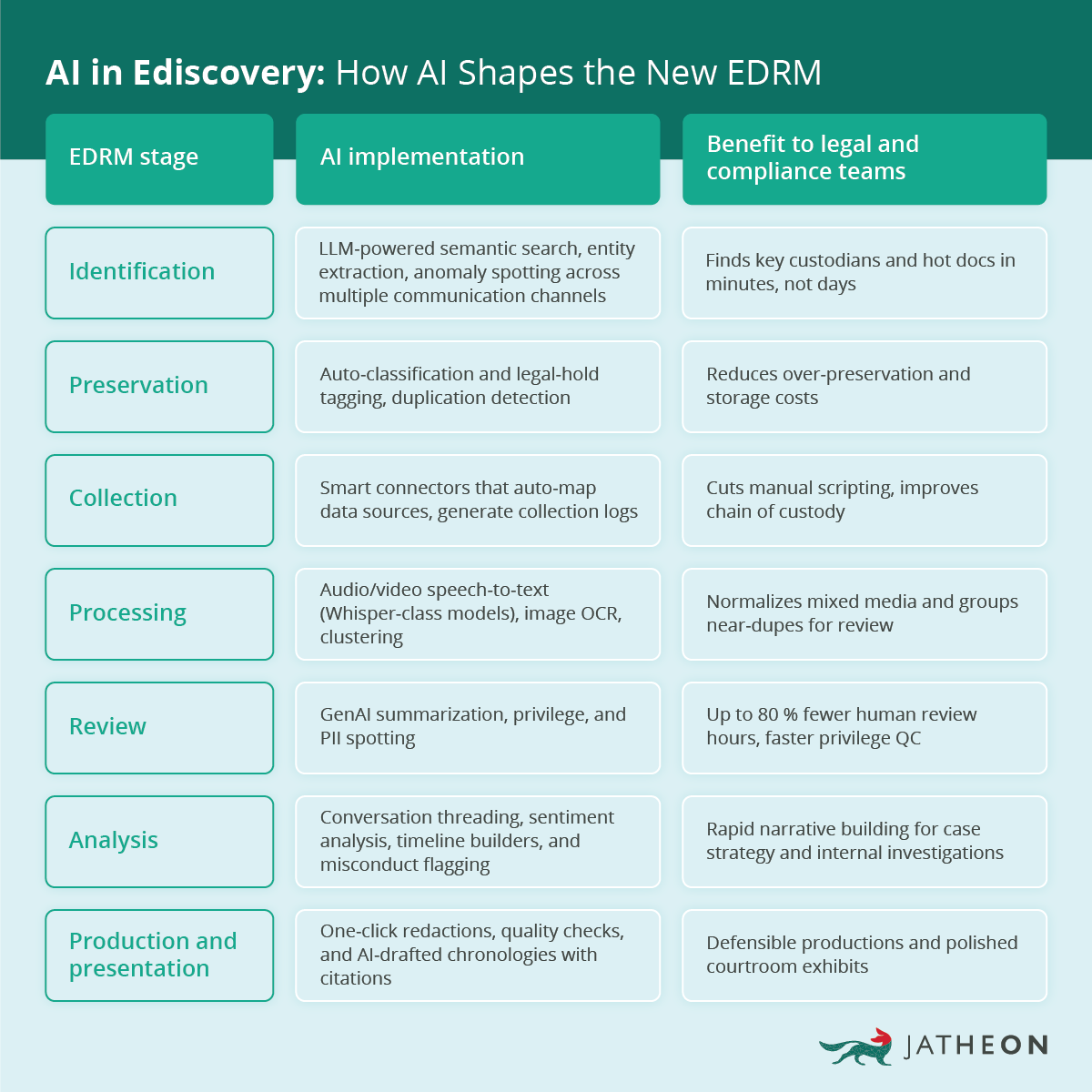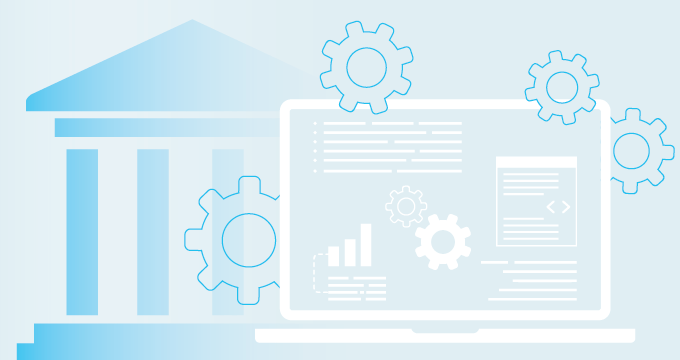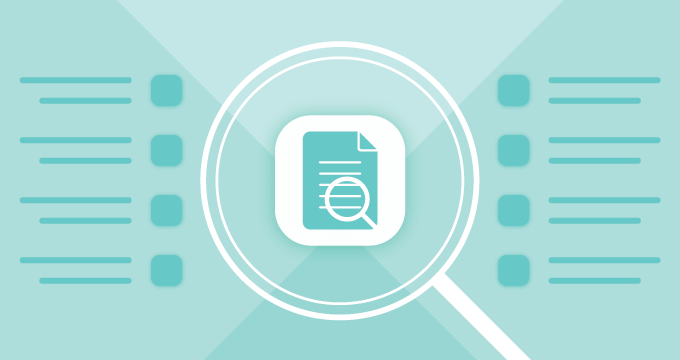Modern legal teams aren’t just wrestling with bigger email archives — they’re fielding terabytes of Slack threads, Zoom recordings, encrypted messaging apps, and BYOD devices, all under court or regulator clocks.
That pressure is propelling AI from an optional upgrade to operational necessity. The global ediscovery market already tops $15 billion and is forecast to expand at roughly 8–11% a year through 2032, driven largely by AI-enabled review and analytics.
Adoption is following suit — GenAI use inside corporate legal departments jumped to 44% in 2024, and three-quarters of legal professionals say they expect to rely on AI tools within the next 12 months.
Together, these numbers signal a tipping point — without automated classification, summarization, and conversation analysis, keeping pace with the flood of new data types and tightening deadlines is no longer realistic.
What you’ll learn in this article:
- Where AI fits in the EDRM today
- 5 practical use cases of AI in ediscovery
- 3 implementation tips and watchouts as AI matures
How AI Strengthens Every Stage of the EDRM
Modern AI is no longer a single feature — it’s woven through the entire discovery workflow. Here’s what that looks like in practice, stage by stage.
Identification
Large-language-model (LLM) search replaces yesterday’s keywords with true intent matching. It parses synonyms and context across Microsoft 365, Slack, WhatsApp, and dozens of other sources, then highlights the most active custodians and the conversations where issues first surface. Anomaly-detection algorithms flag sudden spikes in messaging volume or unusual after-hours exchanges, steering reviewers straight to the smoking-gun material in minutes instead of days.
Preservation
Once you know where the evidence lives, auto-classification steps in. Machine-learning models tag records with matter IDs and legal-hold labels the moment they arrive, while duplicate detection keeps only the authoritative copy. You end up with slimmer preservation sets, lower storage bills, and auditors who see a rock-solid chain of custody every time they inspect the archive.
Collection
Traditional collection often means manual scripting under hard deadlines. Smart connectors flip that script by mapping repositories automatically, applying defensible filters, and generating detailed logs as they go. Every handoff is documented, every hash verified, so counsel can defend the process without pulling engineers into depositions.
Processing
Discovery data is no longer just PDFs and .PST files — it’s mixed media. With the help of AI, speech-to-text turns Zoom recordings and voicemail attachments into searchable text. High-accuracy OCR pulls words from screenshots and photos. Clustering then groups near-duplicates and email threads together, shrinking the pile that reaches first-level review.
Review
The document review process is the primary driver of ediscovery costs. According to the American Bar Association, it accounts for more than 80% of total litigation spend, or $42 billion per year.
When you pair technology-assisted review (TAR) with GenAI summarization, you can skim an entire document family in a single paragraph. Integrated privilege and PII detectors push sensitive items to counsel for quick confirmation, trimming reviewer hours by as much as 80% while tightening privilege calls.
Analysis
This is where insight turns into strategy. Conversation threading rebuilds chat and email chains, timeline builders plot who knew what—and when—and sentiment scoring brings potential misconduct to the surface. Investigators can move from a flagged insider-trading phrase to the surrounding phone call transcript in two clicks, assembling a coherent narrative before the first witness is interviewed.
Production and presentation
When it’s time to hand material over, one-click redactions wipe PII and privileged information. This helps productions to pass opposing counsel’s scrutiny and courtroom exhibits that tell a clear, chronological story.
Bottom line — Integrating AI through each EDRM stage will cut time, but also change the entire way we look at litigation. Teams move faster, spend less, and walk into meet-and-confers armed with data instead of assumptions.
Ediscovery AI: Use-Cases to Consider
AI is transforming ediscovery by automating time-consuming tasks like transcript search, document review, or privilege detection. The following use cases demonstrate practical applications already delivering measurable results across legal and compliance teams.
Searchable transcripts for FOIA and public-records requests
When a state agency receives a FOIA request, turnaround time is dictated by statute, not convenience. AI-driven speech-to-text engines can automatically convert hours of meeting video, voicemail, or call recordings into indexed text as soon as the files land in the archive.
Reviewers can then run the same keyword or phrase searches they already use on email—“new attendance policy,” “bond issuance,” a specific official’s name—and jump directly to the matching time-stamps.
Instead of exporting an entire three-hour meeting, staff can clip only the responsive five-minute segment, package the transcript alongside the video excerpt, and log an audit trail that shows exactly how the material was located.
The result is faster compliance, lower storage overhead, and fewer redactions because only relevant content leaves the repository.
Rapid early case assessment
Litigators consistently point out that their first priority is to understand scale and risk before negotiating with opposing counsel.
GenAI models can ingest the first gigabytes of collected data — email threads, chat logs, attachments — and cluster them by topic, custodian, and sentiment. Within hours, counsel receives a dashboard that highlights hot documents, emerging themes, and communication spikes.
This accelerated ECA helps set realistic review budgets, informs proportionality arguments, and supports meet-and-confer discussions with concrete data instead of guesswork.
In practical terms, teams that used to spend a week skimming sample sets can walk into strategy meetings the next morning with a defensible scope and cost estimate.
Privilege and privacy shielding
On the other hand, the biggest fear with automated review is the accidental disclosure of attorney-client communications or regulated personal data.
AI models trained on tens of thousands of privileged calls and HIPAA-sensitive records scan every document and message before it is produced. They detect typical privilege markers (counsel email domains, legal hold notices, litigation strategy phrases) as well as more subtle linguistic patterns that humans often overlook.
AI can also identify protected health information or other personal data, mark it with policy-based rules, and either apply inline redactions or quarantine the file for attorney confirmation.
Investigation of chat misconduct
Internal investigations mostly unfold in Teams channels, Zoom chat, and WhatsApp groups. Modern conversation-analysis engines combine sentiment scoring, topic modeling, and anomaly detection to locate harassment, insider-trading cues, or policy violations hiding in these messages.
The system threads conversations chronologically, highlights abrupt tone shifts, and surfaces off-hours spikes that correlate with improper activity.
Investigators can then pivot from a flagged phrase directly into surrounding emails or call transcripts for added context, dramatically cutting the time needed to confirm or dismiss an allegation.
Cross-border data minimization under GDPR and SEC rules
Moving data across jurisdictions introduces conflicting legal duties — EU privacy law demands minimization, while U.S. regulators expect prompt production. AI-enabled classification can help solve this tension during processing.
Documents are auto-tagged for personal data, export-controlled content, or financial-regulator relevance, and machine translation provides quick language normalization for triage.
Counsel can defensibly cull or pseudonymize EU-resident data before any transfer, keeping only what is strictly responsive for U.S. litigation. With detailed audit logs, you can track each decision, satisfying both the GDPR’s accountability principle and the SEC’s production expectations.
Three Watch-Outs When Rolling Out AI in Ediscovery
While AI promises significant efficiency gains, successful implementation requires navigating critical challenges around accuracy, privacy protection, and organizational adoption.
Accuracy and explainability
GenAI can spot themes and draft summaries much faster than humans, but you still need to be cautious.
Follow the Sedona “TAR 1” reference model by validating every model with a statistically sound control set, then locking the settings once you hit an agreed-upon recall-precision threshold. Layer simple, rule-based checks on top (e.g., regex filters for custodian email domains or privilege keywords) to catch the edge-case errors that large models can miss.
Finally, validate everything through “human‐in-the-loop”. Your underlying model may still generate occasional inaccuracies, so make sure to include human reviews in key stages. Reviewers should sample a fixed percentage of “non-responsive” documents so they can testify that the machine’s decisions were explainable and reproducible. The NIST AI Risk-Management Framework considers this strategy to be a prerequisite for “trustworthy AI.”
Privacy and privilege concerns
To prevent an accidental leak of attorney-client advice or HIPAA data, insist on in-place review and redaction so documents never leave the secure repository until they’re clean.
A zero-trust architecture — role-based access, MFA, field-level encryption — means even system admins can’t see the raw content. Modern privilege and PII classifiers should run at both the processing and production stages, with policy rules that automatically quarantine hits for attorney sign-off.
Recent benchmark surveys show that security and privacy are still the top two reasons legal teams hesitate to scale AI, so a provable safeguard model is a must.
Change management
Ediscovery AI delivers its biggest ROI only after reviewers trust it. Start with a pilot matter where success is easy to measure (a discrete regulatory investigation or a mid-size internal probe).
Track specific metrics like hours reviewed, documents per hour, and outside-counsel spend saved. Pair the metrics with targeted training sessions that explain how the models work and when to escalate edge cases to human reviewers.
By the time you expand to mission-critical litigations, the team will already know the playbook and leadership has a clear cost-benefit story.
Summary of the Main Points
A quick overview of everything we covered:
- AI is no longer futuristic but embedded in all stages of the ediscovery process.
- Evidence no longer lives in a single inbox. It’s found in chat apps, social media comments, cloud apps, and employee devices.
- 75% of legal professionals say they expect to rely on AI tools within the next 12 months.
- AI strengthens every stage of the EDRM workflow – from identification through production – transforming how teams find, preserve, and present evidence.
- Success requires careful attention to accuracy, privacy protection, and change management, with human-in-the-loop validation remaining essential for trustworthy AI.
- Teams that pair GenAI summarization, conversation analysis, and smart classification with a clear governance strategy cut review spend and respond to requests faster. Late adopters may soon find themselves out-maneuvered on both cost and speed.
If you need a secure and effective ediscovery solution, contact sales@jatheon.com or book a demo to see how Jatheon’s advanced solution can support your organization.
FAQ
How is AI changing the way legal teams identify legal data?
AI replaces keyword search with context-aware LLMs that highlight active custodians, detect anomalies, and surface the most relevant conversations in minutes.
Is AI reliable enough for legal use?
AI summarization and privilege/PII detection speed up review, cutting hours by up to 80% while improving consistency and reducing human error.
How does AI minimize GDPR or SEC compliance conflicts?
It flags sensitive data for redaction or pseudonymization before cross-border transfers, allowing legal teams to meet both privacy and production rules.
How does AI support compliance with FOIA or public records laws?
Speech-to-text tools convert recordings into searchable text, letting staff quickly clip and produce just the responsive sections for requests.












